New Western University Research Shows That Neurons In The Part Of The Brain Found To Be Abnormal In Psychosis

New Western University research shows that neurons in the part of the brain found to be abnormal in psychosis are also important in helping people distinguish between reality and imagination.
The researchers, Dr. Julio Martinez-Trujillo, principal investigator and professor at Western University’s Schulich School of Medicine & Dentistry and Dr. Diego Mendoza-Halliday, postdoctoral researcher at M.I.T., investigated how the brain codes visual information in reality versus abstract information in our working memory and how those differences are distributed across neurons in the lateral prefrontal cortex region of the brain. The results were published today in Nature Communications.
“Neuronal population coding of perceived and memorized visual features in the lateral prefrontal cortex” by Diego Mendoza-Halliday & Julio C. Martinez-Trujillo in Nature Communications. Published online June 1 2017 doi:10.1038/ncomms15471
More Posts from Karlfelersii and Others

Sex. Yes or No? How to Know if You Aren’t Quite Ready

Sex: the thing that takes up the least amount of time and causes the most amount of trouble.” — John Barrymore
When I was in high school, I dated often. A cute guy would ask me out, and I would pretend to think about it and say I had to make sure I didn’t already have plans. Of course, I never had plans and always said yes. I would wait for Friday to come with great anticipation and spend hours getting ready.
The date would start off fine, General chit chat about school, homework, teachers, and whatnot kept us busy followed by a movie or maybe we’d hang out at the local hang-out spot with friends.
I always had to be home by midnight, and the end of the date was inevitable. Kissing, wandering hands, clothes in disarray, the usual pre-sex stuff was to be expected. I knew the point would come though when I would want to say no, and he would be taking me home.
I always wondered what was going through my date’s minds when they dropped me off. I knew two things for certain. I wouldn’t be asked out on a second date, and he wouldn’t have any conquests to share with the boys on Monday morning at school.
I was happy to wait. I knew I wasn’t ready because the thought of having sex with my date, any of my dates, made me want to run the other way. Then I fell in love and everything changed.
You are Uncomfortable Talking About Sex
If you can’t talk about the ins and outs (no pun intended) of a sexual relationship, the odds are that you are not ready to be in one. If you get anxious and uncomfortable or avoid the topic altogether, then you should wait to have sex.
A sexual relationship requires…….
Continue Reading Here
11 TIPS TO OVERCOME NEGATIVE THOUGHTS

Are you tired of negative thoughts? Always thinking of your imperfections? Constantly thinking something will go wrong? That no one loves you? Losing your mind over criticism? Spending hours telling yourself how worthless you are and comparing your life to others? Are you missing out on opportunities due to your pessimistic thoughts? Is your life spiraling down due to this?
Continue reading here: https://www.psych2go.net/11-tips-overcome-negative-thoughts/


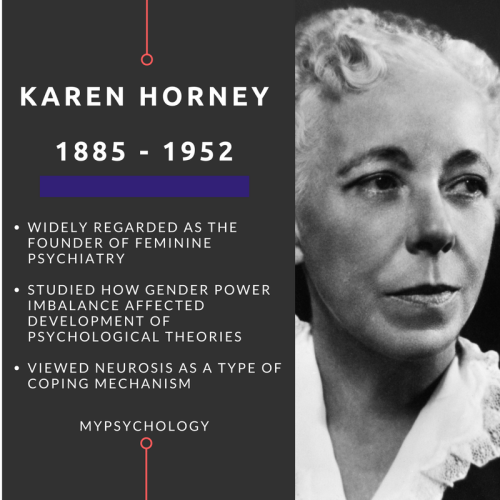
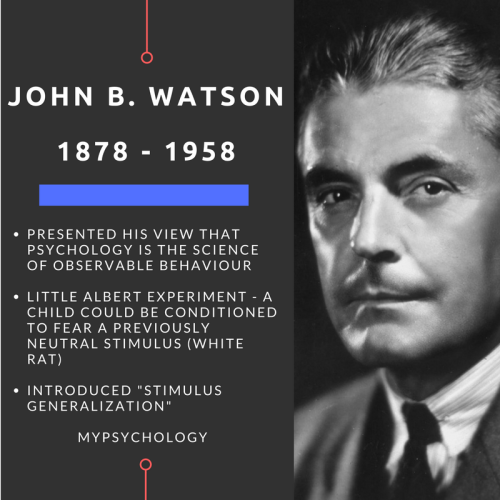




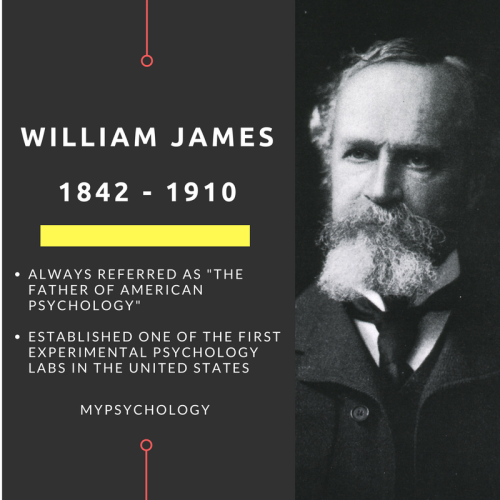

List of Historical People Who Left A Mark on Psychology
[MY Psychology]
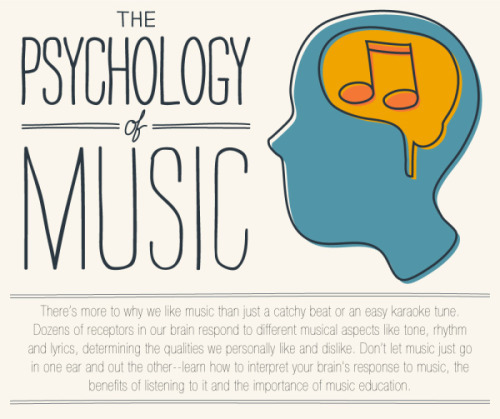
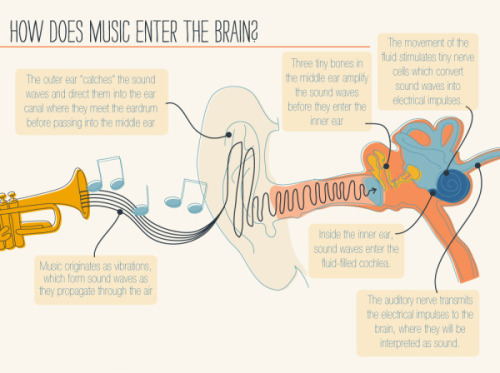
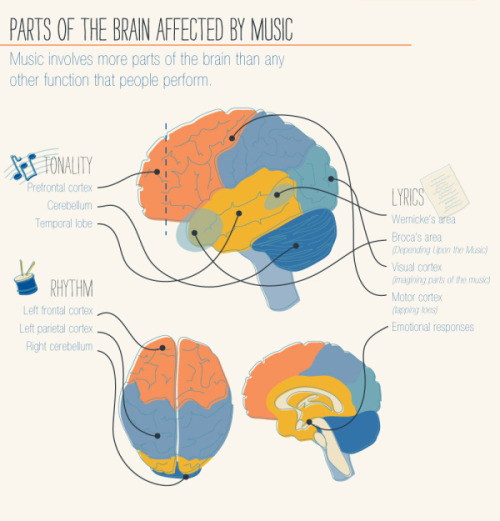
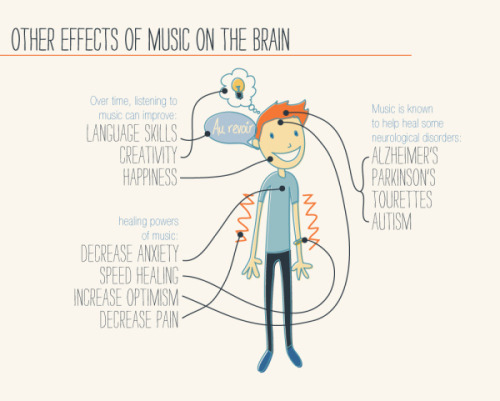
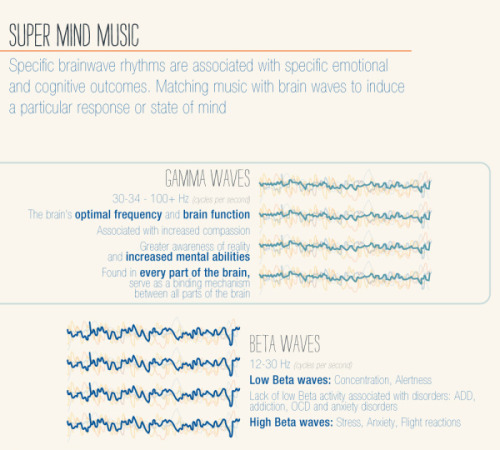
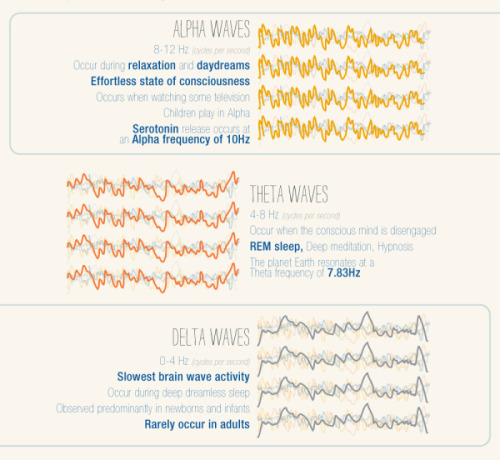
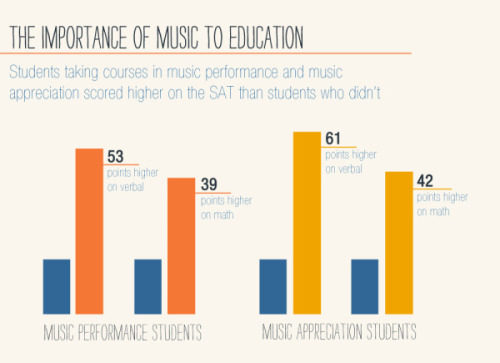



For more posts like these, go to @mypsychology






For more posts like these, go to @mypsychology

A cannabis compound has been proven for the first time to reduce the frequency of seizures in people with a rare, severe form of epilepsy, according to the results of a randomized trial.
For years, parents have pointed to anecdotal benefits of cannabidiol (CBD), a compound in the marijuana plant that does not produce a high, saying it reduces seizures in treatment-resistant epilepsy.
Now doctors have performed a randomized trial to show cause and effect, with the findings published in Wednesday’s issue of the New England Journal of Medicine.
To conduct the study, the researchers focused on Dravet syndrome, a rare form of epilepsy that begins in infancy and is linked to a particular mutation that often resists combinations of up to 10 conventional seizure medications. They enrolled 120 patients who ranged in age from 2.5 to 18 years.
Sixty-one patients were randomly assigned to cannabidiol, and the 59 others to placebo. Neither the researchers nor the families knew who received the medication to prevent bias. All continued to take their existing medications.
“The message is that cannabidiol does work in reducing convulsing seizures in children with Dravet syndrome,” said lead author Dr. Orrin Devinksy, who is director of NYU’s Langone Comprehensive Epilepsy Center.
For those in the cannabinoid group, the median number of convulsive seizures per month dropped from 12.4 per month before treatment, to 5.9 seizures, the researchers reported.
The placebo group, in comparison, only saw their convulsive seizures fall from 14.9 per month, to 14.1.
Continue Reading.
How to Study Effectively | Psych2Go
Happy 4th of July… From Space!
In Hollywood blockbusters, explosions and eruptions are often among the stars of the show. In space, explosions, eruptions and twinkling of actual stars are a focus for scientists who hope to better understand their births, lives, deaths and how they interact with their surroundings. Spend some of your Fourth of July taking a look at these celestial phenomenon:

Credit: NASA/Chandra X-ray Observatory
An Astral Exhibition
This object became a sensation in the astronomical community when a team of researchers pointed at it with our Chandra X-ray Observatory telescope in 1901, noting that it suddenly appeared as one of the brightest stars in the sky for a few days, before gradually fading away in brightness. Today, astronomers cite it as an example of a “classical nova,” an outburst produced by a thermonuclear explosion on the surface of a white dwarf star, the dense remnant of a Sun-like star.

Credit: NASA/Hubble Space Telescope
A Twinkling Tapestry
The brilliant tapestry of young stars flaring to life resemble a glittering fireworks display. The sparkling centerpiece is a giant cluster of about 3,000 stars called Westerlund 2, named for Swedish astronomer Bengt Westerlund who discovered the grouping in the 1960s. The cluster resides in a raucous stellar breeding ground located 20,000 light-years away from Earth in the constellation Carina.
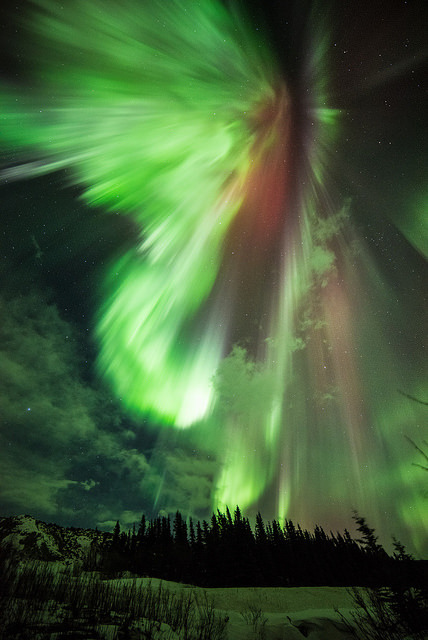
Credit: NASA/THEMIS/Sebastian Saarloos
An Illuminating Aurora
Sometimes during solar magnetic events, solar explosions hurl clouds of magnetized particles into space. Traveling more than a million miles per hour, these coronal mass ejections, or CMEs, made up of hot material called plasma take up to three days to reach Earth. Spacecraft and satellites in the path of CMEs can experience glitches as these plasma clouds pass by. In near-Earth space, magnetic reconnection incites explosions of energy driving charged solar particles to collide with atoms in Earth’s upper atmosphere. We see these collisions near Earth’s polar regions as the aurora. Three spacecraft from our Time History of Events and Macroscale Interactions during Substorms (THEMIS) mission, observed these outbursts known as substorms.

Credit: NASA/Hubble Space Telescope//ESA/STScI
A Shining Supermassive Merger
Every galaxy has a black hole at its center. Usually they are quiet, without gas accretions, like the one in our Milky Way. But if a star creeps too close to the black hole, the gravitational tides can rip away the star’s gaseous matter. Like water spinning around a drain, the gas swirls into a disk around the black hole at such speeds that it heats to millions of degrees. As an inner ring of gas spins into the black hole, gas particles shoot outward from the black hole’s polar regions. Like bullets shot from a rifle, they zoom through the jets at velocities close to the speed of light. Astronomers using our Hubble Space Telescope observed correlations between supermassive black holes and an event similar to tidal disruption, pictured above in the Centaurus A galaxy.

Credit: NASA/Hubble Space Telescope/ESA
A Stellar Explosion
Supernovae can occur one of two ways. The first occurs when a white dwarf—the remains of a dead star—passes so close to a living star that its matter leaks into the white dwarf. This causes a catastrophic explosion. However most people understand supernovae as the death of a massive star. When the star runs out of fuel toward the end of its life, the gravity at its heart sucks the surrounding mass into its center. At the turn of the 19th century, the binary star system Eta Carinae was faint and undistinguished. Our Hubble Telescope captured this image of Eta Carinae, binary star system. The larger of the two stars in the Eta Carinae system is a huge and unstable star that is nearing the end of its life, and the event that the 19th century astronomers observed was a stellar near-death experience. Scientists call these outbursts supernova impostor events, because they appear similar to supernovae but stop just short of destroying their star.

Credit: NASA/GSFC/SDO
An Eye-Catching Eruption
Extremely energetic objects permeate the universe. But close to home, the Sun produces its own dazzling lightshow, producing the largest explosions in our solar system and driving powerful solar storms.. When solar activity contorts and realigns the Sun’s magnetic fields, vast amounts of energy can be driven into space. This phenomenon can create a sudden flash of light—a solar flare.The above picture features a filament eruption on the Sun, accompanied by solar flares captured by our Solar Dynamics Observatory.
Make sure to follow us on Tumblr for your regular dose of space: http://nasa.tumblr.com
-
 candidalane liked this · 6 years ago
candidalane liked this · 6 years ago -
 terraaurea liked this · 7 years ago
terraaurea liked this · 7 years ago -
 anactualamphibian reblogged this · 7 years ago
anactualamphibian reblogged this · 7 years ago -
 bloopersurfing reblogged this · 7 years ago
bloopersurfing reblogged this · 7 years ago -
 vanilla-andante reblogged this · 7 years ago
vanilla-andante reblogged this · 7 years ago -
 lindseysaurus liked this · 7 years ago
lindseysaurus liked this · 7 years ago -
 unknowns110394595 liked this · 7 years ago
unknowns110394595 liked this · 7 years ago -
 freedomforeverybody118 liked this · 7 years ago
freedomforeverybody118 liked this · 7 years ago -
 chipspace reblogged this · 7 years ago
chipspace reblogged this · 7 years ago -
 terrific-lunacy liked this · 7 years ago
terrific-lunacy liked this · 7 years ago -
 chipspace liked this · 7 years ago
chipspace liked this · 7 years ago -
 lovesasusaku12 liked this · 7 years ago
lovesasusaku12 liked this · 7 years ago -
 hellodemons-itsmeyagirl liked this · 7 years ago
hellodemons-itsmeyagirl liked this · 7 years ago -
 biscottipippen reblogged this · 7 years ago
biscottipippen reblogged this · 7 years ago -
 physicist-herbert reblogged this · 7 years ago
physicist-herbert reblogged this · 7 years ago -
 physicist-herbert liked this · 7 years ago
physicist-herbert liked this · 7 years ago -
 glenmoresparks reblogged this · 7 years ago
glenmoresparks reblogged this · 7 years ago -
 glenmoresparks liked this · 7 years ago
glenmoresparks liked this · 7 years ago -
 fifteen-puzzle reblogged this · 7 years ago
fifteen-puzzle reblogged this · 7 years ago -
 fifteen-puzzle liked this · 7 years ago
fifteen-puzzle liked this · 7 years ago -
 intrainingdoc reblogged this · 7 years ago
intrainingdoc reblogged this · 7 years ago -
 chimeras-and-company reblogged this · 7 years ago
chimeras-and-company reblogged this · 7 years ago -
 kuva-lich liked this · 7 years ago
kuva-lich liked this · 7 years ago -
 oystercakes reblogged this · 7 years ago
oystercakes reblogged this · 7 years ago -
 whotovor liked this · 7 years ago
whotovor liked this · 7 years ago -
 bitterwaters reblogged this · 7 years ago
bitterwaters reblogged this · 7 years ago -
 technicolorllamas liked this · 7 years ago
technicolorllamas liked this · 7 years ago -
 cereusblooming liked this · 7 years ago
cereusblooming liked this · 7 years ago -
 cubicmen reblogged this · 7 years ago
cubicmen reblogged this · 7 years ago -
 wardoffthenight reblogged this · 7 years ago
wardoffthenight reblogged this · 7 years ago
